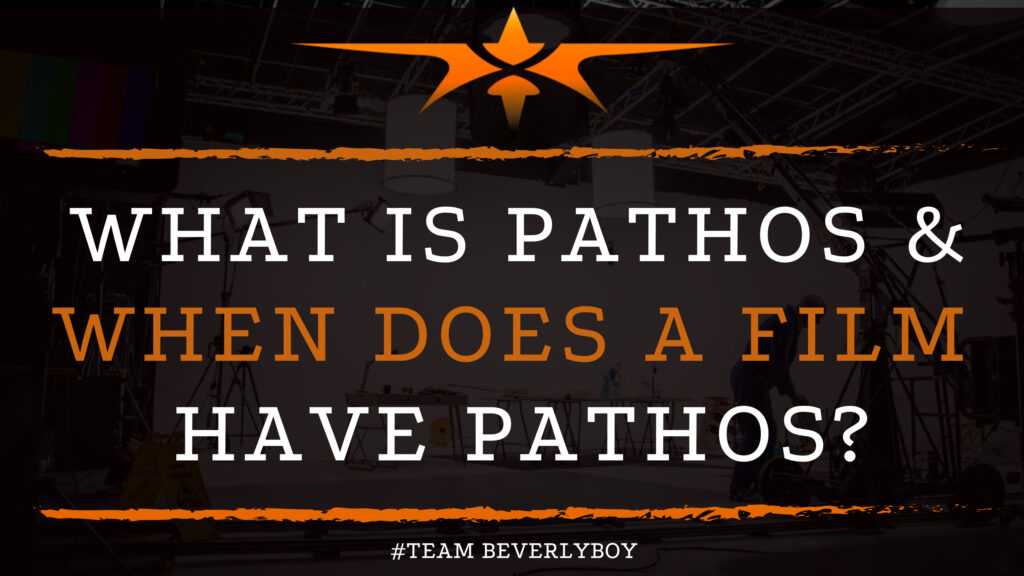What is Pathos & When Does a Film Have Pathos?
Filmmaking, and especially advertising, frequently utilizes the power of emotion to compel the audience to take action. In some cases, filmmakers are able to incorporate enough persuasive rhetoric or appeal to the emotion of the audience that they are overwhelmingly compelled to take action even if doing so would go against their own personal logic or reasoning. Such deep persuasion is described using the term “pathos,” But exactly what is pathos and when does a film have pathos?
GET A VIDEO QOUTE FOR YOUR PROJECT TODAY

What is Pathos?
These are common questions that arise anytime the term, “Pathos,” is brought up. The reality is, pathos is a persuasion technique that seeks to appeal to the audience’s emotions in such a way that they are strongly interested in taking the desired action outlined by the film or video.
Most frequently, we see pathos included in advertisements as this technique is said to evoke the viewers senses, memory, past experiences, and nostalgia in order to tug at the heartstrings of the viewer making them feel a particular way.
Pathos is sometimes referred to as an emotional appeal. Several different objects, subjects, or elements can be incorporated into the film in order to create the sense of nostalgia or memory, or to invoke the senses desired to connect with the audience.

Some basic examples include:
- Incorporating a cute baby or an animal into the story.
- Focusing on the devastation of a family to increase emotional response.
- Sharing a story in which the character overcomes incredible odds.
- Using inspirational music in the background.
When Does a Film Have Pathos?
Some refer to pathos as a pathetic appeal, mostly because it’s sort of a low-ball attempt to connect with the user’s emotions and make them feel “bad” or otherwise scared into taking a particular action.
When you ask, ‘When does a film have pathos?” numerous examples come to mind. We see pathos mostly in advertising, as it’s a persuasive technique, but it can be used in a variety of ways.
Here are some examples of pathos in advertising and film:
- Alcohol commercials, particularly those that incorporate people having lots of fun, typically the time of their lives, and they’re looking good and feeling good. The audience almost can’t help but to engage, and almost runs to the liquor store to grab something so that hopefully they can have a similar “good time.”
- Op-ed pieces that err on the side of persuasion with a bit of debate included. We see these a lot in terms of politics, warfare, and attempts at tugging the emotional heartstrings of those that will listen to the opinion of the writer or filmmaker.
- Courtroom style hearings and defense type arguments, like any John Grisham novel or movie, in which there is some detailed story about the terribly tough upbringing of the defendant, such that the jury should be sympathetic with their ruling.
- Many types of medical and non-profit style films or advertisements that show family members struggling with grief due to the loss of a loved one.
In trying to figure out the answer to the question, “When does a film have pathos, the list could really go on and on. The key point here is that Pathos represent a persuasion strategy that involves a strong emotional pull and an appeal which elicits an emotional response from the audience.


